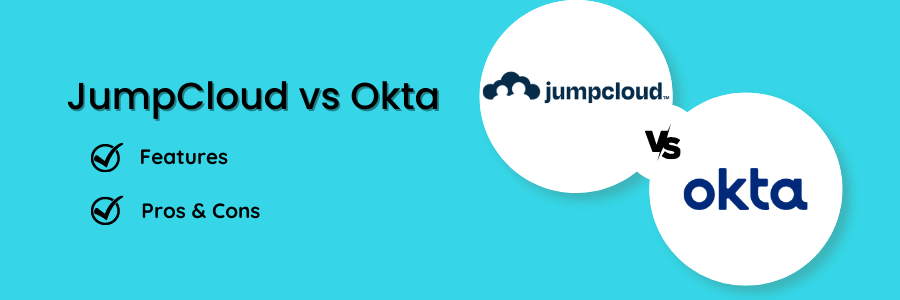What is MDM? Cost, Benefits & Working Process
Mobile device management (MDM) applications are capable of preventing most threats and giving the capabilities required to properly manage and support various sorts of devices regardless of where they are located.
In this article, we’ll review the benefits of Mobile Device Management, how it works, its price, and the reasons some businesses find it difficult to give it a top priority. Before comparing the top MDM management solutions, we’ll also go over the advantages of placing a high priority on mobile cybersecurity.
What Is MDM(Mobile Device Management)?
Mobile device management (MDM) is the technique of enrolling, configuring, and protecting portable devices in the workplace. Though some vendors only refer to smartphones when using the term, it’s important to note that MDM also covers tablets and laptops.
MDM software is used by IT managers to personalize mobile device settings, enact user guidelines, and improve cybersecurity. Mobile Device Management is therefore a software solution as well as an IT management technique.
Different MDM platform types support various device types, functionalities, and operating systems. However, there are two distinct categories of MDM platforms: on-premise and cloud MDM.
Mobile Device Management basic tasks:
- Installing programs
- Configure your network settings
- open user accounts
- Establishing permissions
- Disconnecting equipment
How Does Mobile Device Management Work?
Mobile device application management requires different initial setup procedures depending on the platform. However, for the majority of MDMs, the procedure starts with enrolling devices in the server or software.
Depending on the Mobile Device Management solution, enrollment may take place either automatically using tokens, QR codes, NFC chips, email/SMS, or by adding devices manually through vendor-specific programs (such as those from Apple, Google, Samsung, and Microsoft).
After enrolling devices, administrators may simply log in to their Mobile Device Management portals to see an overview of the situation. Then, IT administrators push configurations and applications to enrolled devices over the air (OTA) using their management consoles.
Essentially, the Mobile Device Management server (software) sends out a set of commands that are applied to devices using application programming interfaces (APIs) incorporated into the operating system.
Benefits of MDM
Reduced security breaches are one of the most compelling reasons for deploying mobile device management. But the majority of businesses also benefit in a number of other ways from putting in place efficient Mobile Device Management programs. Here is a brief overview of the Mobile Device Management benefits related to security:
- Cost savings: Less prone to experience expensive breaches.
- Bird’s-eye security: Allows for remote monitoring of users, devices, and apps in order to remotely check for threats.
- Increased silence of mind: Data backup to avoid losing important data.
- Communication that is encrypted: Encourages the safe exchange of confidential information among staff members.
- Efficiency gain: Enhances new recruits’ experience during onboarding.
- Improved comfort: Protects bring-your-own-device (BYOD) rules.
- Better housekeeping: Provides the option to delete temporary storage queues automatically to free up space and lessen congestion.
- Managed updates: Administrators have control over when updates are installed on devices.
Mobile Device Management Cost
In 2021, 47% of small and midsize businesses (SMEs) intend to increase their spending on mobile technology, while 58% want to increase their spending on remote management.
Today’s IT managers must shoulder the enormous duty of cutting departmental spending while balancing competing budgetary demands, supply chain concerns, and inflation. While keeping a tight rein on their spending, managers must optimize their operations.
what is good news? Now, user-based pricing is accessible to all financial levels. Additionally, administrators can benefit from free MDM trials to test out MDM programs before committing.
For businesses looking to combine identity and access management (IAM) with mobile device management without breaking the budget, the JumpCloud Cloud Directory platform is the best option.
Our cross-platform MDM includes the native capability for macOS and Windows MDM as part of its overall device management capabilities. Additionally, group policy features, ad hoc command execution, and a unique single sign-on (SSO) convenience are all available to administrators.
Undoubtedly, there are difficulties involved in implementing any new technology. Before upgrading MDM systems, IT teams should be aware of some common roadblocks.
Integrate JumpCloud Cloud Directory with MDM
JumpCloud’s iOS device management enables IT administrators to handle COD and BYOD mobile device management rules with ease. The cloud-based platform also integrates IAM, MFA, and SSO features with its user-friendly MDM solution.
JumpCloud’s iOS device management enables IT administrators to handle COD and BYOD mobile device management rules with ease. The cloud-based platform also integrates IAM, MFA, and SSO features with its user-friendly MDM solution.
Securing mobile device usage inside a Zero Trust security framework has just gotten a lot easier. Learn more about JumpCloud mobile device management.



